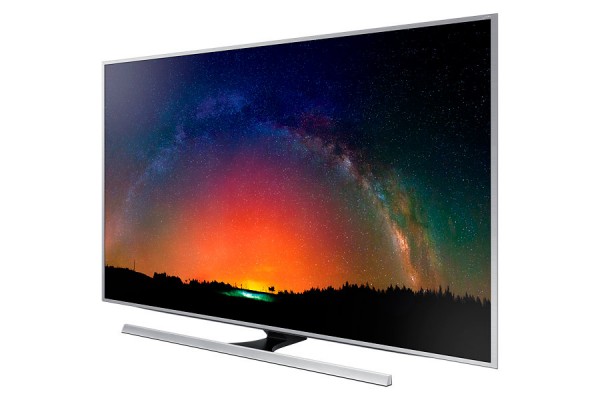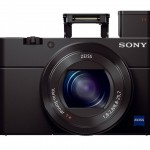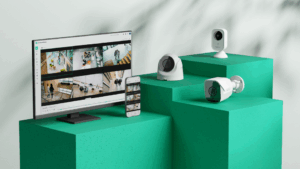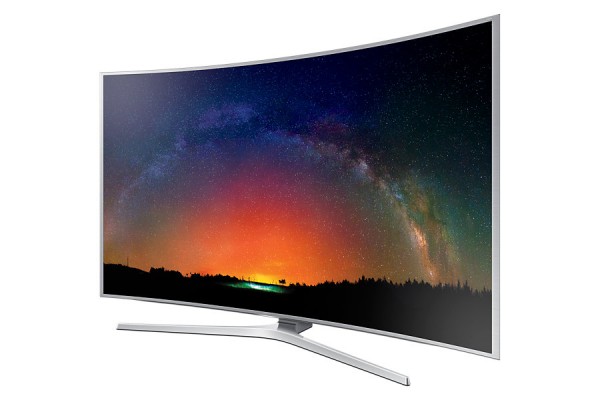
Out shopping recently for a TV after the old one started acting up, I almost ended up with a curved TV hanging on my living room wall last week. Yes, one of those sleek models now displayed in electronics stores everywhere.
I had even placed an order for a Samsung JS9000 TV, among the Korean firm’s top-end models, before better judgement eventually prevailed.
After considering the many worries I’d had about this latest fad (remember 3D TV?), I called up Mega Discount Store, where I had bought the TV, and changed the model before it was delivered.
I opted instead for a “lower end” model – the JS8000 which comes with almost identical features except for a less advanced quad-core processor (in place of an octa-core one). More importantly, it was flat.
Seeing it mounted on the wall now, I can’t be surer that I made the right choice instead of going for the newfangled curved option.
If you are looking at curved TVs today, here’s what you should consider before plonking out the money – usually more of it – over a regular, flat TV.
1. Is it that immersive?
The main selling point for a curved TV is that it immerses you in the action. The idea is not hard to imagine – if the images seem to wrap around you, then you should be more intent on the screen, no? Well, that’s only if you have a large screen, or if you are sitting pretty close to the TV (see our experience with a curved Dell monitor).
If you are sitting about 2.5 to 3 metres from the screen, like in most apartments in Singapore, you’d need a huge screen to have that immersive experience.
For my place, which has a viewing distance of about 3.2 metres, thanks to wall mounting, the recommended size is over 70 inches. That’s bigger than I’d imagine, and not the usual 55- or 65-inch TVs that seem to be the mainstream today.
For those smaller screens, you don’t get that wrap-around feel. You certainly aren’t creating a theatre in your home with a miniature version of a large curved screen at the cinema.
2. Are you seeing the full picture?
Another problem is viewing position. If you are right smack in the middle, a curved screen should have no issues showing everything. If you are at the side of the screen, you’ll miss out on some of the action. That’s not to mention the image may seem stretched as well.
One more issue is reflection. Curved TVs are said to reduce reflection. Yet if your TV is next to a full-length window, consider how the curved portion of the TV could reflect light from an angle and distract from the main event.
3. The edges jut out
This is particularly irksome if you mount your TV. All this while, TVs were made flat and slim so they hung up on a wall like a nice painting. Now come curved screens which can really destroy such a clean and neat design.
Not to mention the strange shadow that a curved screen would cast if you have down lights shining from the ceiling. This was a major bugbear for me.
Notice that curved TVs you see on display in malls are often mounted on panels with dark backgrounds. If your wall is beige or light-coloured like most, the curved TV may stand out even more, and not in a nice way.
What’s ahead
It’s true TV makers pushed curved TVs as the biggest thing in 2015. Samsung, in particular, had most of its top-end models featuring only curved designs. LG, too, had its top-end OLED panels curved.
Should you buy the hype? Not only do these curved screens usually cost more, they don’t bring much perceivable improvements in image quality unless you are spending a generous sum on a large screen – or sitting pretty close to one.
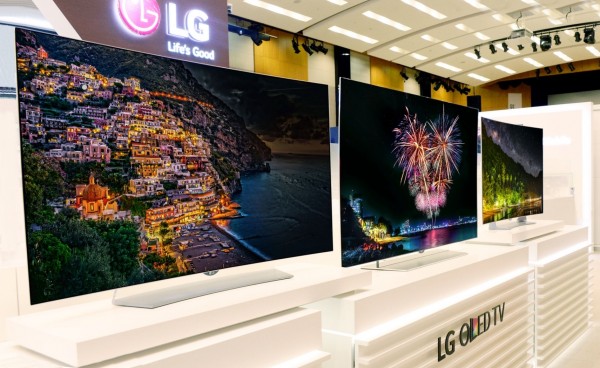
It’s telling that LG, which said a fortnight ago that it was expanding its OLED lineup in the coming months, has come up with new, flat versions of their OLED TVs.
Will curved TVs be a fad, like how 3D has failed to take off in homes? I could end up a fool for saying so in a year’s time, but right now, my money is literally on a flat TV.
